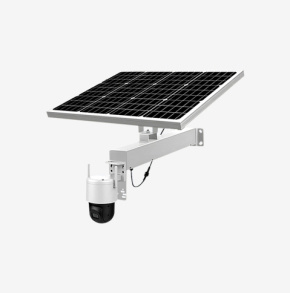Do you know how many degrees of cold resistance lithium batteries are customized?
As a common type of battery, lithium battery is widely used in various portable devices and electric vehicles. However, the performance of lithium battery customization in low temperature environment is limited. So, how many degrees of cold can lithium battery customization withstand? Follow the editor to understand it!
First of all, we need to understand the working principle of lithium batteries. Lithium batteries store and release energy through the migration of lithium ions between positive and negative electrodes. However, the migration rate of lithium ions in a low temperature environment will slow down, resulting in a decrease in the capacity and power of the battery. This means that in extreme cold conditions, the performance of lithium batteries will be greatly affected.
In general, the cold-resistant temperature range of lithium batteries is between -20°C and 0°C. In this temperature range, lithium batteries can still provide relatively good performance, although slightly lower than at normal temperatures. Outside this temperature range, the capacity and power of lithium batteries will drop sharply, and even in extreme cases may not work properly.
In order to deal with the problem of low temperature environment, scientists have been studying how to improve the cold resistance of lithium batteries. One solution is to improve the materials and structure of the battery to increase the migration speed of lithium ions. In addition, some technologies are also used to warm up the battery and maintain its operating temperature in a low temperature environment.
In general, the cold resistance of lithium batteries is between -20°C and 0°C. Beyond this temperature range, the performance of lithium batteries will be greatly limited. Therefore, when using lithium batteries in low temperature environments, we need to pay attention to maintaining the temperature of the battery to ensure its normal operation. In the future, scientists will continue to work to improve the cold resistance of lithium batteries to meet the needs of a wider range of applications.


